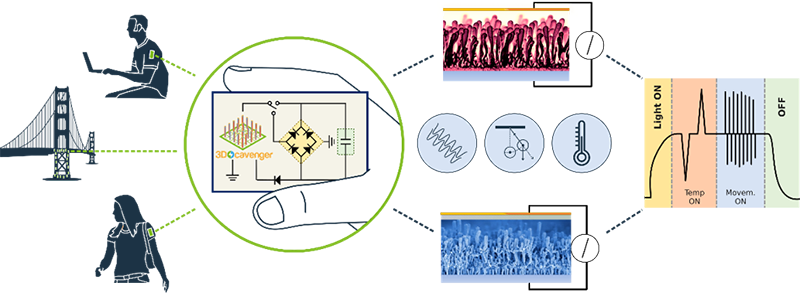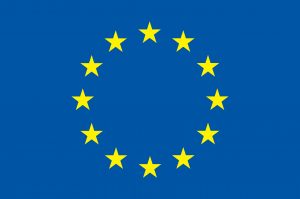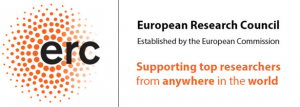Three-dimensional nanoscale design for the all-in-one solution to environmental multisource energy scavenging

Imagine a technology for powering your smart devices by recovering energy from lights in your office, the random movements of your body while reading these lines or from small changes in temperature when you breathe or go out for a walk. This very technology will provide energy for wireless sensor networks monitoring the air in your city or the structural stability of buildings and large constructions remotely and sustainably, avoiding battery recharging or even replacing them.
These are the challenges in micro energy harvesting from (local) ambient sources. Kinetic, thermal and solar energies are ubiquitous at our surroundings under diverse forms, but their relatively low intensity and intermittent availability limit their potential recovery by microscale devices. These restrictions call for multi-source energy harvesters working under two principles:
1) combining different single-source harvesters in one device, or
2) using multifunctional materials capable of simultaneously converting various energy sources into electricity.
In 1), efficiency per unit volume can decrease compared to the individual counterparts; in 2), materials as semiconductors, polymeric and oxide ferroelectrics and hybrid perovskites may act as multisource harvesters but huge advances are required to optimize their functionalities and sustainable fabrication at large scale.
This project proposes to fill the gap between these approaches offering an all-in-one solution to multisource energy scavenging, based on the nanoscale design of multifunctional three-dimensional materials. The demonstration of an industrially scalable one-reactor plasma/vacuum method will be crucial to integrate hybrid-scavenging components and to provide 3DScavengers materials with tailored microstructure-enhanced performance.
The ultimate goal is to build nanoarchitectures for simultaneous and enhanced individual scavenging applying photovoltaic, piezo- and pyro-electric effects, minimizing the environmental cost of their synthesis.


European Research Council Executive Agency
March 2020-February 2026
Grant agreement no.: 851929. Duration: 60 months
Host Institution: Agencia Estatal Consejo Superior de Investigaciones Científicas
Principal Investigator: Ana Borrás
Nanotechnology on Surfaces and Plasma Group
